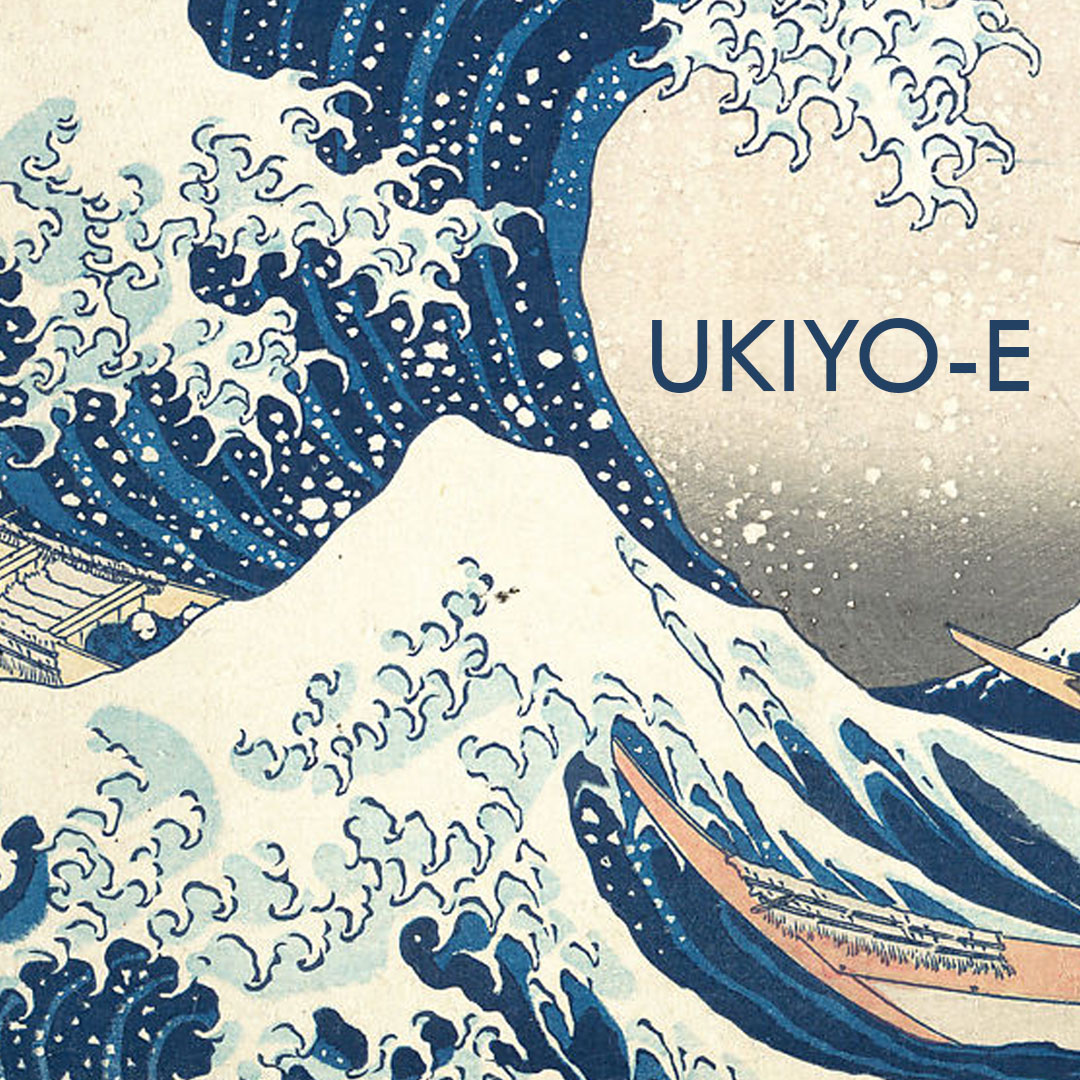CIHA SÃO PAULO 2022
CIHA SÃO PAULO 2022 Our recommendation for January/2022 is the 35th Ciha World Congress – MOTION: Migrations, from January 17th

Developed from the 17th century onwards in Japan, ukiyo-e is a genre of woodcut printmaking that represents one of Japan’s best known artistic traditions. The technique was popularized from the affordability that mass production provides, and has achieved international visibility since the 17th century, intensified with the opening of Japanese ports in the mid-19th century, influencing the eye and the production of European modernist artists.
Closely associated with the Edo period (1615-1868), marked by urbanization in the country, ukiyo-e depicted scenes in Japanese urban life at the time, in response to the demand of a new rising social class of merchants and artisans, which accompanied the flourishing of popular culture and the trade in works of art provided by the period, marked by relative peace in the political landscape.
“‘Ukiyo’ (浮世) means “floating world” and is a humorous allusion to the homophone Buddhist expression 憂き世, “painful world,” to address the transience of a world of pain in which one must seek liberation. By these artists, the term was reinterpreted to apply to an idea of a new world of earthly pleasures that was expanding with the apparent prosperity of the Edo period. The particle ‘e’ (絵), in turn, determines an image, figure, or scene. Thus ukiyo-e became known as prints of the floating world.” (UKIYO-E: INFLUENCES IN THE WESTERN, WITH CLAUDIO MUBARAC – Japan House SP)
CIHA SÃO PAULO 2022 Our recommendation for January/2022 is the 35th Ciha World Congress – MOTION: Migrations, from January 17th
Arte Não Europeia: conexões historiográficas a partir do Brasil Result of the first edition of our program, Connecting Art Histories:
Cerâmicas Arqueológicas da Amazônia – Rumo a Uma Nova Síntese Organized by Cristiana Barreto, Helena Pinto Lima and Carla James
Archaeology in Schools Coordinated by professors and researchers Anne Rapp Py-Daniel and Myrtle Pearl Shock, “Archaeology in Schools” is an
The Thinker of Cokwe A symbol of Angola’s national culture and represented even in the filigree of the Kwanza banknotes,
TOCAPU Tocapu was a decorative art form used in the Inca Empire, present in various media such as textiles, ceramics,
UKIYO-E Developed from the 17th century onwards in Japan, ukiyo-e is a genre of woodcut printmaking that represents one of
XVI ENCONTRO DE HISTÓRIA DA ARTE Today started the XVI Art History Encounter organized by IFCH – Institute of Philosophy